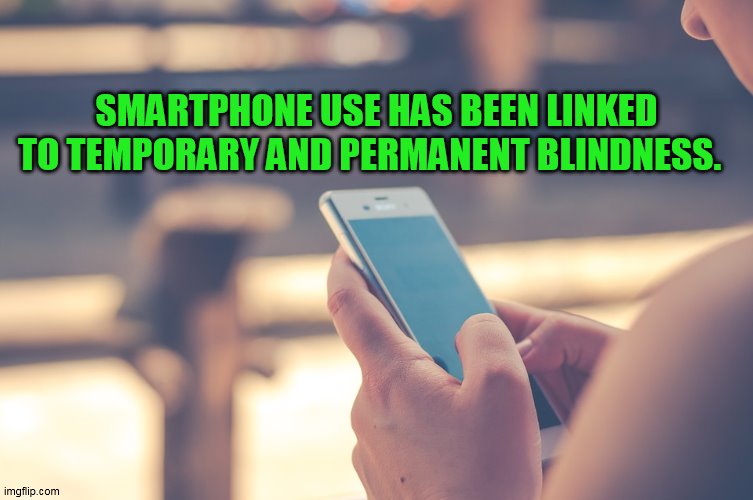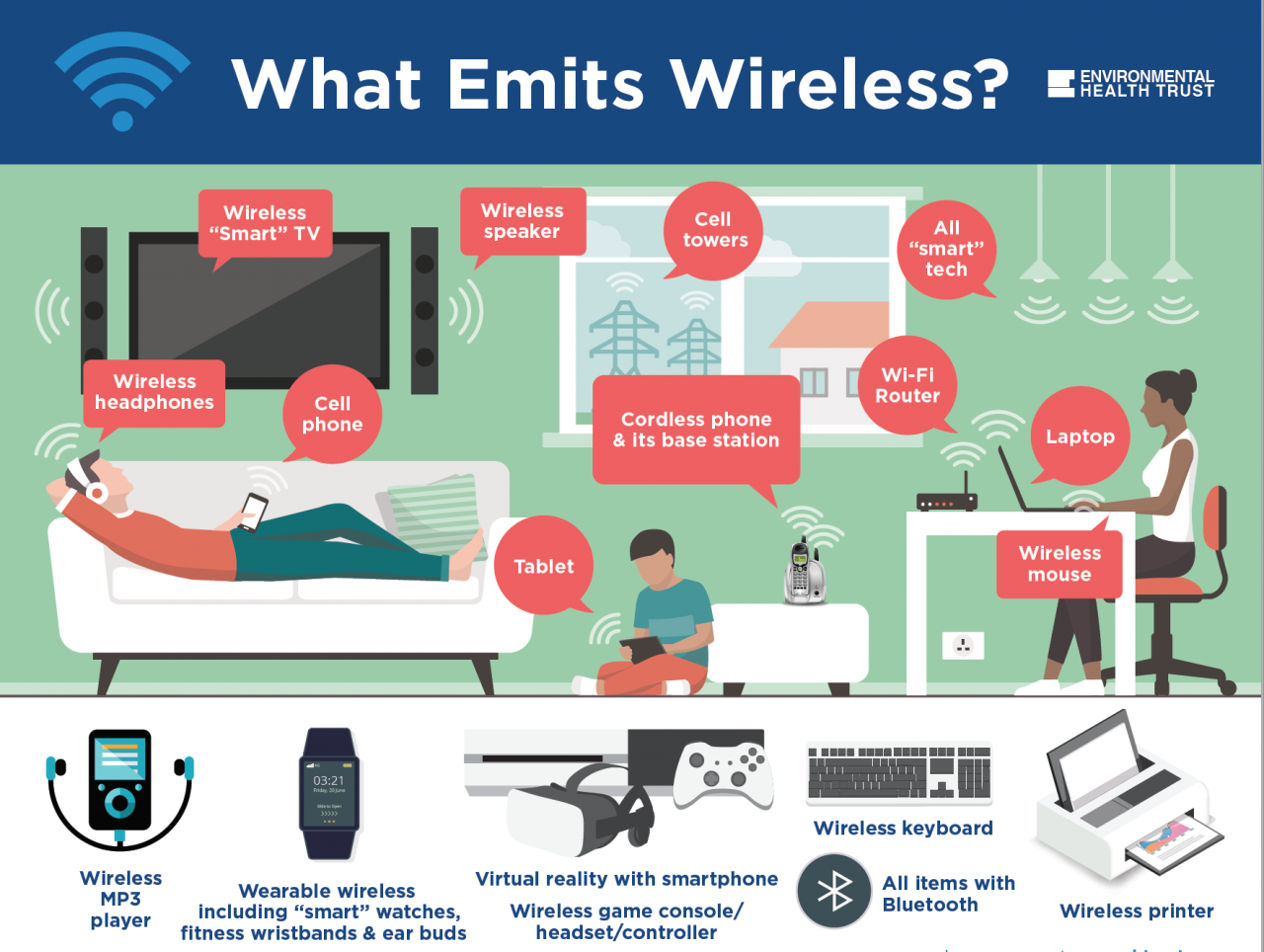 By B.N. Frank
By B.N. Frank
Tech insiders (aka “Silicon Valley Parents”) have gone to great lengths to limit their own kids’ use and exposure to screens. This includes making their nannies sign “no screens” contracts and sending their kids to private low tech or no tech schools. This has been going on FOR MANY YEARS so they must have at least suspected that screen use could harm kids.
Of course health experts including the American Academy of Pediatrics (AAP) have been warning FOR MANY YEARS about kids’ use and exposure to screens, smartphones and other sources of wireless technology. Activist Post has highlighted some of their warnings though it’s difficult to keep up with all of them (see 1, 2, 3, 4, 5, 6, 7, 8, 9).
Here’s another one courtesy of Environmental Health Trust:
Scientific research on wireless radiation has found impacts to the brain such as; decreased and damaged brain cells in animals exposed as adults and prenatally (Suleyman et al, 2016,Sonmez et a 2010, Bas et al.2009, 2009); impacts to blood brain barrier (Nittby 2010,Sirav and Seyhan2011); altered brain activity in a major NIH study (Volkow et al. 2011); decreased memory in replicated research on hundreds of teenagers exposed for only one year (Foerster et al. 2018); decreased memory and hyperactivity after prenatal exposure in Yale study (Aldad et al., 2011); behavioral problems after pre/postnatal exposures in replicated University of California School of Public Health studies (Divan et al., 2008,2012); and hyperactivity/inattention problems in children after prenatal exposure (Birks et al., 2017).
Numerous studies in different laboratories in different parts of the world have found harmful impacts.
The US National Toxicology Program found DNA damage in the frontal cortex of male mice, in the blood of female mice (1,900 MHz) and hippocampus of male rats (900 MHz) exposed for only a few months (Smith Roe et al., 2020) as well as clear evidence of cancer in male rats exposed for two years (NTP 2018).
AfeBabalola University in Nigeria found animals exposed to Wi-Fi had vascular congestion, DNA damage in brain tissue, decreases in AChEactivity and increases in anxiety levels (Ibitayo et al 2017, Obajuluwa et al. 2017) as well as alterations in hematological and biochemical parameters (Bamikole et al, 2019)
Turkish researchers have found harmful effects from wireless radiation such as increased sperm head defects and decreased weight of reproductive organ tissues (Dasdag 2015); altered expression of some miRNAs (Dasdag 2015). “Conclusion: Long-term exposure of 2.4 GHz RF may lead to adverse effects such as neurodegenerative diseases originating from the alteration of some miRNA expression…” (Dasdag 2015)
Scientific Research on Screens and Children
Activist Post reports regularly about unsafe technology. For more information, visit our archives and the following websites:
Become a Patron!
Or support us at SubscribeStar
Donate cryptocurrency HERE
Subscribe to Activist Post for truth, peace, and freedom news. Follow us on Telegram, SoMee, HIVE, Flote, Minds, MeWe, Twitter, Gab, Ruqqus and What Really Happened.
Provide, Protect and Profit from what’s coming! Get a free issue of Counter Markets today.

